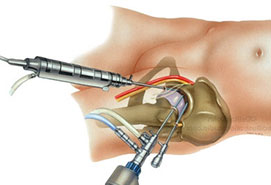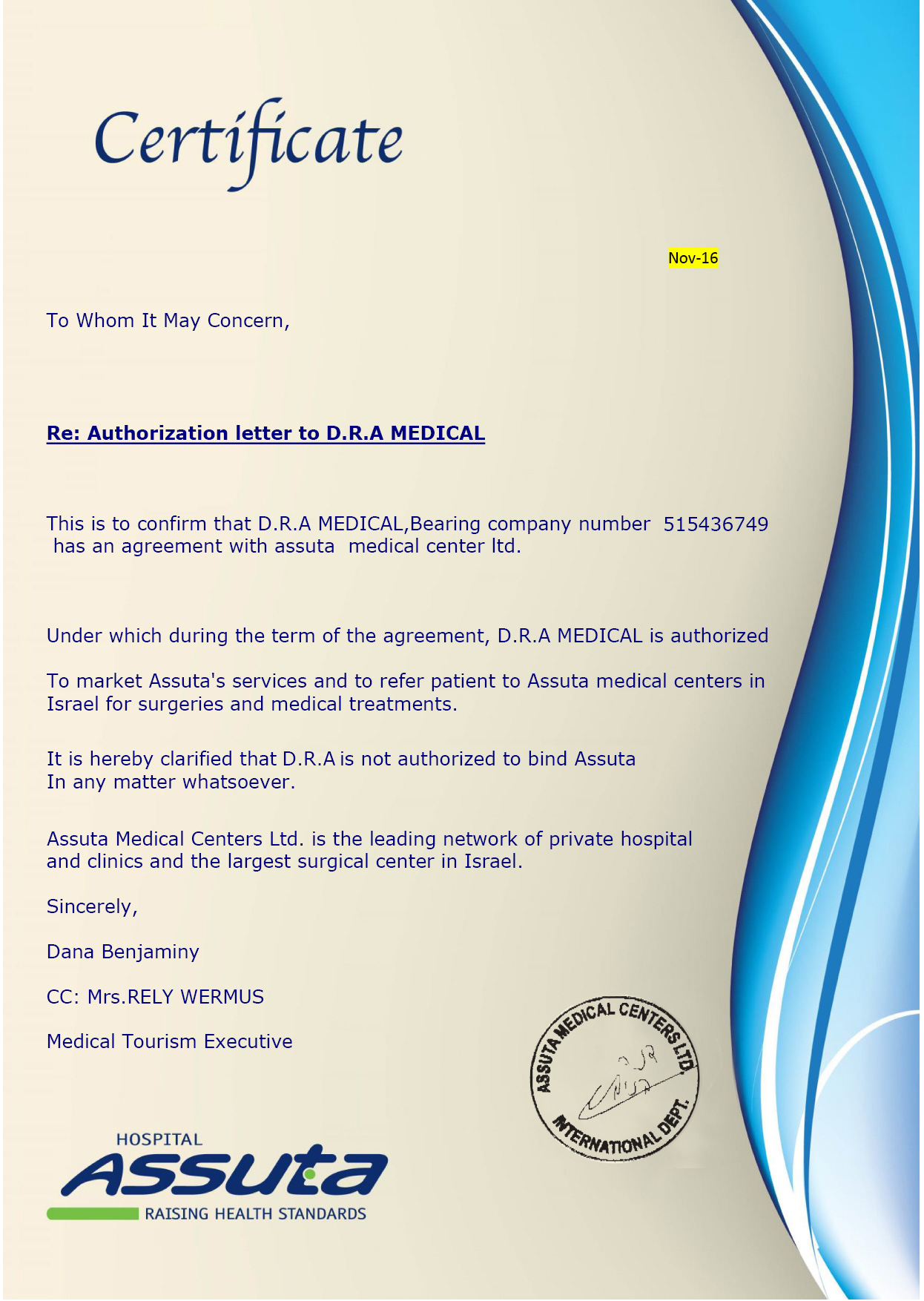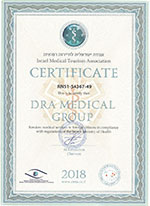What is Arthroscopy?
Arthroscopy is a surgical procedure that gives the doctors an inside view of the knee in general. Unlike open surgery where there is usually significant tissue damage this type of surgery is not intrusive. During this procedure the surgeon inserts a small camera called an arthroscopy into the hip joint. The image is then displayed on a screen and the surgeon guides miniature surgical instruments by the help of these instruments.This type of surgery has been used for many years because of the advantages it has. The tiny fiber optic camera is inserted into the injured part and it lights up and enlarges the injured area therefore allowing the surgeon to see clearly what is being done and also minimizing the risk and damage to the surrounding tissues.
When is Arthroscopy recommended?
The surgeon may recommend hip arthroscopy if the condition you have causes a lot of pain and if it does not respond to non-surgical methods of treatment. The non-surgical methods include:• physical therapy
• rest
• medications and injections that reduce inflammation
In an injured or diseased hip joint there is usually swelling, stiffness and pain.
Before surgery takes place you will need to have a physical examination from your doctor so that your health can be assessed. If there are certain health risks involved a more extensive evaluation may be seen as necessary before surgery. Inform the surgeon of any medication or supplements that you are on so that he or she can inform you on whether you should continue to take them or not.
Hip Arthroscopy Procedure

At the beginning of the procedure your leg will be put in traction. This means that the leg will be pulled away from the socket enough so that the surgeon can insert his instruments and perform the treatment. The surgeon will make buttonhole punctures for the arthroscopy and from there the doctor will be able to see the inside of the hip and assess the damage.There are usually no complications associated with hip arthroscopy. This type of surgery carries a small risk of injury to the surrounding vessels and nerves. The stretching during traction may cause numbness which is usually temporary. There are also small risks of blood clots that form in the legs or infection. After the surgery you will need to stay in the hospital for one to two hours before going home.
After Surgery
Your doctor will develop a rehabilitation plane for you. In some cases crutches will be needed but not for a long period of time. They are to help with the limping and once this comes to a stop you can dispose of them. Physical therapy is important after hip arthroscopy has been done. Specific exercises will be targeted to restore your strength and increase your mobility.After hip arthroscopy patients can return to their active life but the recovery usually depends on the type of damage on the hip. With some people a change in their lifestyle is important in protecting the hip. An example is changing from high impact exercise such as running to swimming or cycling. To make these decisions consult your surgeon for guidance.









